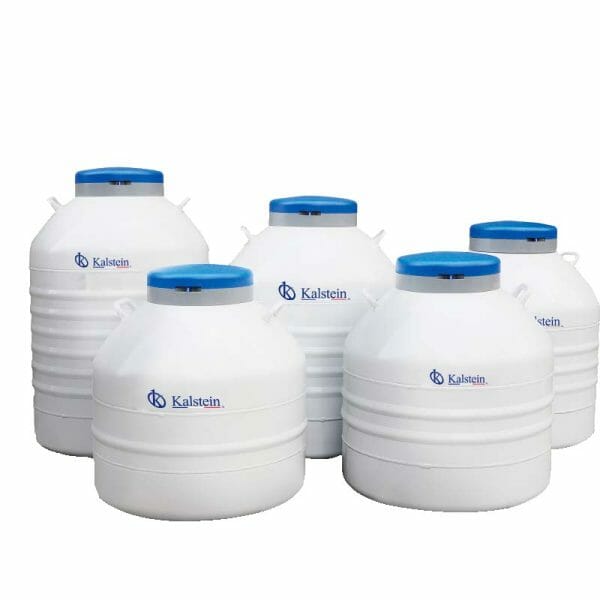Liquid nitrogen has been widely used as an adjunctive therapy for medical treatments, including the treatment of chronic pain, edema, arthritis and other clinical problems. This therapy is performed by direct or inhalation application of liquid nitrogen to a tank. This is known as a nitrogen tank.
In recent years, nitrogen tank technology, such as specialized software applications, has been vitally important in improving the effectiveness and efficiency of this therapy, offering patients more consistent results. Despite the advances that have made nitrogen tanks safer, the question still remains as to how safe nitrogen tank applications are in the clinical setting.
Risk of liquid nitrogen leaks
Despite the potential benefits of liquid nitrogen therapy, the risk of liquid nitrogen leaks must be taken seriously. Liquid nitrogen is in a compressed state under high pressure and, as such, there is a risk of inadvertently opening the valve. This can sometimes be caused by mishandling of storage systems. There is also the risk of direct nitrogen ingress through the supply line. This is especially true for portable tanks as they are more frequently located.
It is important to remember that liquid nitrogen is an inert gas and not a harmful chemical compound. However, care must be taken when handling liquid nitrogen tanks, as it is extremely cold. If it comes into direct contact with the skin, it can cause severe burns. With regard to long-term effects, little information is available.
Impact of modern technology
While the presence of a risk of nitrogen leakage should not be taken lightly, thanks to advances in modern technology, the likelihood of a leak has been significantly reduced. This is due to better regulation in the design and manufacture of nitrogen tanks. Today, the vast majority of nitrogen tanks are equipped with safety valves and pressure warnings that take care of regulating the pressure inside the tanks. These additional features help improve tank safety by reducing the likelihood of a liquid nitrogen release.
However, there are some factors that must be taken into account when it comes to nitrogen tank safety. For example, care should be taken to ensure that tanks are located in a safe place, out of the reach of children. Safety valves must comply with all applicable state and federal code laws. Finally, tanks should always be inspected regularly for safety.
Kalstein brand nitrogen tanks
In conclusion, advances in modern technology have helped to improve the safety of liquid nitrogen tanks. These systems now feature pressure control valves and safety devices, making them much safer to use. Medical professionals must take into account the risks involved, as well as install nitrogen tanks in a safe location and maintain them according to local code laws. Meanwhile, patients should also be aware of the risks involved with liquid nitrogen therapy. While nitrogen tanks can be a useful tool for the treatment of various medical conditions, it is important to take care when using them to ensure the safety and efficacy of the treatments.
If you wish to purchase any of the different models of nitrogen tanks or service advisories we can offer you through our online channels and at the best PRICE in the market, also if you want to know the catalog of high-end products that KALSTEIN has for you visit us HERE we assure you that through our online purchasing channels that are very easy and feasible from anywhere in the world, reminding you that we are a manufacturer of laboratory equipment of high level purchase and sale.

